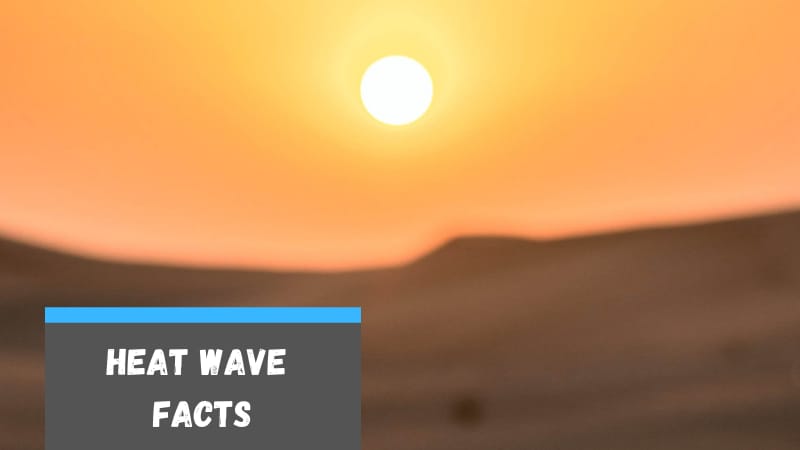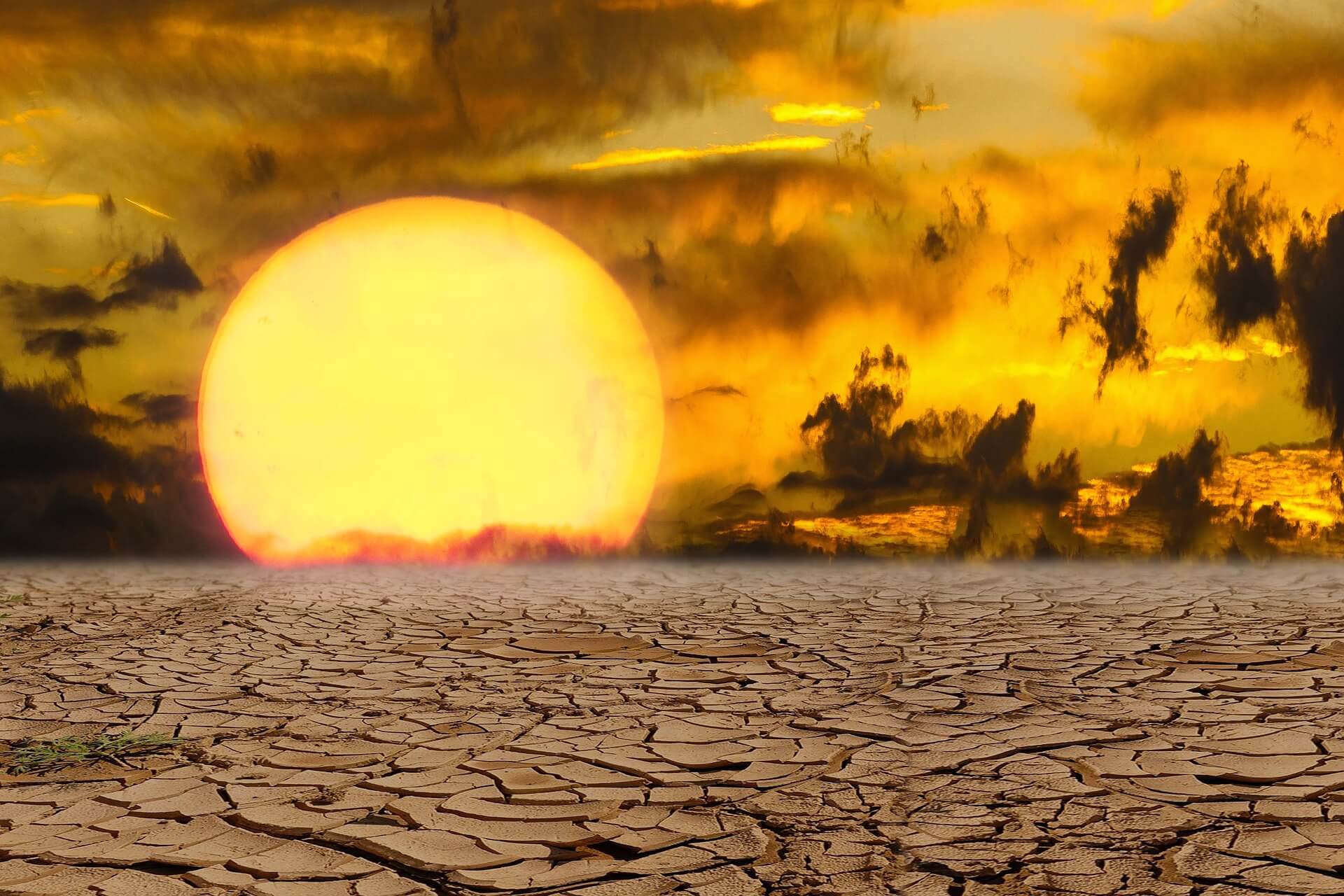
Heat waves are periods of high temperatures followed by excessive humidity. There is no universal definition of a heat wave; instead, the basis of the phrase is on the area’s typical weather. Here we will share Heat wave facts with you.
It is possible to have usual temperatures in a hotter environment in a region with a more temperate climate. We know it like a heat wave.
We know simple weather changes and rare, scorching events as “climate change.” So, let’s discuss some of the Heat wave facts that kids must know:
30 Heat Wave Facts for Kids:

1. For a protracted period, we characterize a heat wave by high temperatures. High humidity commonly accompanies heat waves.
2. Defining a heat wave is difficult because there is no conventional definition. Officials can declare a Heat wave when an area’s temperature exceeds a certain threshold.
3. Heat wave is commonly known as intense heat and high humidity.
4. We use Heat Index Values to determine excessive heat. When the air temperature mixes with relative humidity, we know the result as the “Apparent Temperature” (heat index).
5. Severe heat can kill and injure people, according to the CDC. Temperature-related disorders such as heat stroke and heat exhaustion are the most common.
6. Temperatures in NA peak in the summer, affecting most countries’ heat waves. It is common for heat waves to occur in the area east of the Rockies.
7. Heatstroke occurs when the body’s temperature increases and our bodies cannot lower it. Young and adults are especially vulnerable to heatstroke. This vulnerability can progress to various health problems or death.
8. Make sure your pet has access to cold water and a place that isn’t in direct sunlight while it’s hot outside. It is pretty dangerous for pets to spend long in a heated automobile.
9. Because of the stagnation in the air caused by heat waves, you may trap contaminants at a lower altitude. Pollutants can harm anything from animals to plants, according to the EPA.
10. Fainting, swelling, and cramps can be a reason for a heat wave.

11. Over a year, heat waves claim the lives of more Americans than any other type of natural disaster.
12. During a drought, heat strokes can be lethal. There is no moisture in the earth because drought has drained the vegetation. These conditions can lead to wildfires and brush fires.
13. The most vulnerable to heat-related disease are children under six and the elderly over 65.
14. Over 700 people died in Chicago, Illinois, in 1995 due to a heat wave. According to scientists, similar heat waves may occur three times a year in the Midwest by 2100. It will be only if greenhouse gas emissions continue to rise.
15. In recent years, the frequency of heat waves has increased, according to the United States Global Change Research Program. In the 1960s, major American cities had two heat waves each year on average. But, by the 2010s, that number had risen to at least six.
16. “Urban Heat Island” refers to high summer temperatures in populated urban regions. Higher temperatures are the cause of roads, buildings, and other infrastructures. These absorb heat, causing heat waves.
17. Blackouts and power outages are the causes of heat waves. It is the case, especially in places where the urban heat island effect is present.
18. It’s not the land that suffers from these heatwaves. In 2016, marine heatwaves rounded over a large part of the world’s ocean surface.
19. During a heat wave, eat a salty snack, drink alot of water, and wear loose clothes. Do this to regain the salt your body loses from sweating if you want to keep hydrated during a heat wave.
20. Air conditioning is a great technique to avoid and lessen the effects of heat waves.

21. Over 14k people died in France during the August 2003 heatwave, while 2,000 died in Wales and England.
22. The WMO defines a heat wave as when the daily most temperature exceeds the average most temperature for five or more consecutive days.
23. In 1930, the world saw the most prolonged heatwave. It lasted for more than three weeks.
24. 75% of British workers confess taking “sun-bathing days” because of the heat wave. Over half claim, they’ve done the same in the past.
25. During a heat wave, more girls conceive, according to research.
26. The murder rate in New York City rose by 75% during a heat wave in 1988.
27. Heat waves killed more people in Australia in the 20th century than other hazards. According to research, more people die in heat waves than in tornadoes and floods.
28. More than 1,250 individuals lost their lives due to the extreme heat in 1980. In 1995, a heat wave claimed the lives of more than 700 people in Chicago alone because of the oppressive heat.
29. “Buddy systems” are standard during Pennsylvania and Philadelphia heat waves. Each street has a designated individual who checks in on the elderly and fragile.
30. Heat waves have always occurred, especially in the summer. But, they are becoming more severe, more frequent, and longer in duration due to climate change. You can observe the consequences of climate change in the average temperature. You can see it at climate sites worldwide.

Conclusion
A heat-related ailment can be life-threatening in sweltering and prolonged heatwave conditions. These conditions are heat cramps, heat exhaustion, or heat stroke.
Everyone is susceptible to heat waves. But, those over 65 or with a medical condition are more vulnerable.
So, make sure to keep yourself safe during a heat wave. If you want to keep yourself safe during a heat wave, you can do the following things:
- You should drink plenty of water.
- Avoid contact with direct sunlight.
- Live in an air-conditioned room.
- Wear a hat and Baggy clothes.
- Contact doctor for advice in case of emergency.
- Make sure to keep your pets out of cars.
- Help your neighbors and family members.
We hope this article was helpful to you. If you want to know more about different facts for kids. Stay tuned for informative articles!
